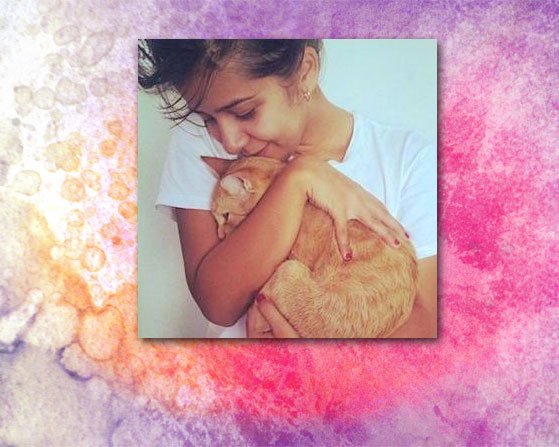I am getting to learn about dogs. There are many differences between cat and dog guardianship. One of the biggest is that a dog owner needs to be an alpha human or dominant. This concept is alien to cat guardians and their feline companions.

Dogs
Dogs look to a leader to follow. They look to their leader to keep order and set the rules. The alpha leader makes the pack feel secure and happy. Dogs are followers and therefore there must be a leader. A dog companion living with a family is happy when he can follow his or her owner. They want leadership and guidance.
The owner should have the authority to be the leader. This authority creates dominance. It is achieved by understanding dogs and how they read behaviour which indicates dominance.
Dominance does not mean being aggressive, mean or cruel. It means being calmly assertive. The dog should not be fearful of their owner but respect him/her.
The ideal dog owner is assertive and emotionally stable. It is not about physical dominance but about giving of the right vibes to assert control and your authority.
If fact this concept is seen in the workplace between humans: bosses and employees. The best bosses command respect and are natural leaders. There is a way to exert one’s will over others in a non-aggressive way.

Cats
All this is irrelevant in cat guardianship. A cat guardian is on an equal footing with their cat in terms of status. There is no leader and follower. It should be a relationship in which both parties respect the other as equals in my view. The adult male or female domestic cat is not a follower looking for leadership in order to feel content.
This profound difference in cat and dog ownership is rooted, as I am sure you know, in the wild ancestors of domestic cats and dogs. The dog’s ancestor is the grey wolf, a pack animal with a strong leader. The cat’s ancestor is the North African wildcat; a small wild cat species living a solitary life. The male usually only makes contact with other cats of the same species to mate. As the wild cat ancestor is always solitary they have no concept of following a leader, an alpha cat.
Dogs have been domesticated for up to 30,000 years while cats for about 10,000 years. Domestication has evolved the cat from being entirely solitary to quite sociable. Evolution during domestication has softened the cat’s character to make her a good companion to humans but the wild cat’s character remains near the surface. The dog is often selectively bred which has softened some of the wolf’s characteristics of leader and follower but enough remains to demand that their dog owner acts as their alpha dog.
Cats are also selective bred when they are purebred pedigree cats. However, the proportion of purebred dogs to the overall dog population is higher than for cats due to the longer time of domestication. This accounts for the bigger size differences in dogs and the alteration of their inherited character because dog breeders select for appearance and characters that make good companions.
Note: (1) I’d like to thank Sharon Maguire of Dog Breed Info for info on dominance and (2) neither the cat nor the dog is better than the other. It is a question of making sure that companion animal guardians have sufficient knowledge of dog and cat behavior to ensure that their pet is content through natural behaviour.
